

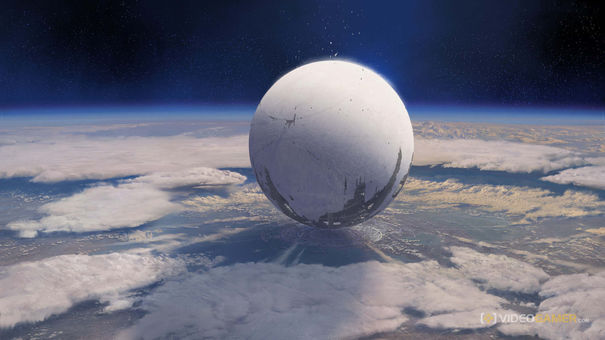

Destiny looks big. Big as in massive. Big as in ambitious. Big as in possibly genre-breaking, game-changing and platform-defining. And after three hours worth of presentation at Bungie's studio in Bellevue, Washington, this is pretty much the only aspect of the game that our readers can take as set in stone.
The reason for this is that Bungie's presentation – which was quarterbacked by Activision's CEO of publishing, Eric Hirshberg – withheld as much information as it gave away. On the one hand, key personnel from the developer's immensely talented team were quite happy to talk about their brand new IP in very broad terms pertaining to its structure, the technology used to assemble it and the experience they hope players will take away from it. On the other, they refused to be pinned down on most specific details – which is problematic, given that their reveal threw up more questions than it answered.
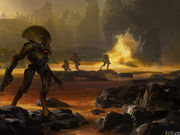
They confirmed, for example, that Destiny will appear on the Xbox 360 and PS3, but they wouldn't confirm it for next-generation consoles. When questioned about PC platforms, they responded with "watch this space". They revealed Destiny has been built from the ground up to be a cooperative gaming experience and players will always need to be online to play it, yet they shied away from calling it an MMO. The game will be sold on a disc, they said, although they wouldn't confirm whether it would also be available for digital purchase. There will not be a subscription fee for the game, but whether or not it will contain micro-transactions is still up in the air – neither Bungie's nor Activision's representatives would talk about business models any further when asked. Was a release date in the offing? You must be joking...
There's probably good reason for all this caginess. Ever since Bungie hammered out its publishing deal with Activision, the studio has been left blissfully alone to create its next masterpiece, which it and its paymasters hope will be every bit as lucrative and industry-changing as Halo. Bungie's track-record and reputation alone was probably enough to reassure Activision's shareholders and investors of a massive return on their financial stump. But the moment Destiny started breaking cover, the questions were bound to start pouring in. The news that Bungie was creating an 'MMO' for a market in which not even combining BioWare and Star Wars were enough to ensure success was bound to cause a few hearts to flutter.
In light of all this, Bungie now have the press to deal with and, ideally, it wants to be a vague as possible in order to keep Destiny's powder dry ahead of launch. (It could also be that Destiny turns out to be a launch title for a next-gen console, although we might have to wait a couple of days to find out.) But while the studio was unwilling to answer the boatload of questions prompted by a three hour reveal, it obviously still imparted quite a bit of information.
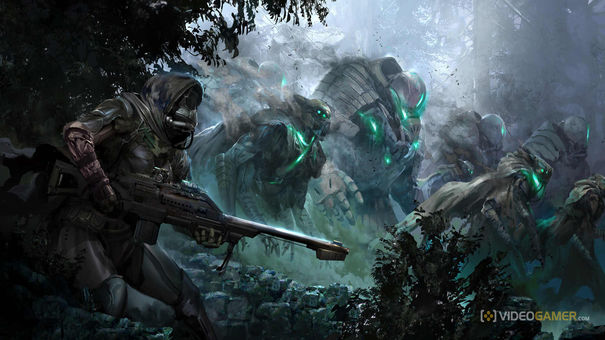
Which brings me back to my earliest observation. Destiny is huge in both its size and scope. Big enough, in fact, to transcend genres, according to Eric Hirshberg.
"When we saw Destiny coming together, we realised that it belonged to a genre that we couldn't quite pin down," he says. "That it brings aspects together in a way that feels absolutely fresh. It has elements of FPS, of open world sandbox and of a persistent world and it brings them altogether in a very fresh way.
"To refer to Destiny as one of those pre-existing genres would be to undersell or under-promise what it could deliver to gamers," he says. "We needed to coin a new phrase to capture what this game is all about and what genre it belongs to.
"I think what Bungie has created is the world's first Shared World Shooter."
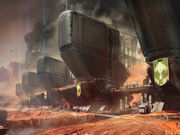
Destiny takes place in a distant future, long after a golden age of human expansion. Mankind had spread throughout the solar system, colonising and inhabiting planets, spreading its industry and culture. Then, something cataclysmic happened; a force whose identity is lost in the annals of history tried to wipe the human race out completely. No one remembers what it was, but very few survived and those who did, owe their existence to The Traveller – a large, cracked spherical ship floating just above the earth, where it made its last stand in the defence of the human race.
Over a yawning chasm of time, the last remnants of humanity have built a city beneath The Traveller and as Destiny opens, they're starting to venture back out into the cosmos. It turns out that they're not alone; hostile alien races have occupied the old worlds of the humans and they're pressing against the last human city, trying to stamp out mankind for good. Players take on the role of a Guardian – one of the soldiers who live in the city beneath The Traveller - and their mission is to protect what's left of human civilisation.
The setting sounds pretty bleak, but, like Bungie's previous space opera series, it’s shot through with a visual style and atmosphere that contains a sense of optimism about mankind’s chances. As Bungie's art director Christopher Barrett points out, the game's presentation aims for a sweet spot between classical history and science fiction.
"We refer to the setting as 'Mythic Science Fiction'", he says. "What that means is a world of high-tech stuff but with the age of ancient history. It's a place where anything – even the most fantastical things can happen. And for this game, we've created more concept art than any other game we’ve ever worked on."
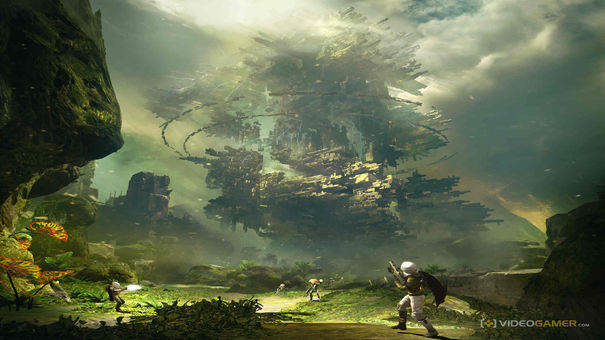
The concept art that Bungie was prepared to show presented a universe containing a variety of visual aesthetics in both its environments and the races that populate it: in an overall sense it mixes the rustic with high-tech. The city beneath the stark, white spherical Traveller looks like a looming fortress where thick steel walls protect sandstone squares containing water features and statues. Soldiers dubbed 'The Guardians' wear smooth, close-fitting armour, decked out with accoutrements such as capes, multi-lensed helmet faceplates and cowls.
The remainder of earth shows remnants of a broken civilisation reclaimed by nature. Europe is a burnt out deadzone, in which shattered buildings are lacerated by creepers and vines. The US is also badly affected: Chicago's skyscrapers have sunken into a swamp, for example. We were also shown off-world visuals; derelict spaceships floating gutted and forgotten in the rings of Saturn and, closer to earth, the broken surface of earth’s moon and a spine-filled crater at its centre that Barrett referred to as 'The Hell Mouth'. The alien races look suitably threatening; Barrett showed off races like the hulking armoured Sandeaters on Mars, the cloaked, fur-wearing Spider Pirates in the snow-capped wastelands and the spindly, sharp-edged Time Travelling robots in the acid sea of Venus. The universe of Destiny looks like a huge expanse containing tomb-ships, dungeons on the moon, enemy fortresses and caches of civilisation.

What the game's presentation also reveals is just how huge the players' environment is going to be. From the sounds of things, players are going to have several planets to explore and all of the space in between them. Destiny's story lead Joe Staten was on hand to expand on these expectations, by talking us through what players could expect in a typical session in the game.
"We realised early on that the most important stories in the game won't be told by us," says Staten. "They'll be told by the players."
In Staten's description of Destiny’s gaming experience, which was accompanied by more concept art, an adventure was described in which a character – a Guardian soldier class called a Warlock – meets up with a friend called Jason – another Guardian called a Titan. From the description, a Titan is a heavily armoured tank-style class while the Warlock wields long-range Traveller tech that is "like being hit by a piece of the sun".
The pair of them leap into Jason's spaceship and zoom off to Mars in search of an item called 'A Piece Of Charlemagne', of which no further information was given. While there, they run into a collection of Sandeater Cabal soldiers and things take a turn for the worse. Luckily another Guardian – A 'Hunter' class, on some sort of augmented hoverbike – rides in to the rescue. The three of them see off the Sandeaters, and then loot their corpses for some cool, unique weapons.
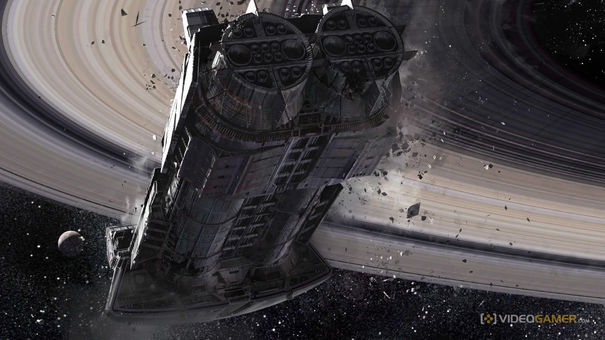
In that brief description, Bungie lays out several key aspects of gameplay. Destiny contains varied environments and spatially it feels robust. Combat is both FPS and vehicle-based. Players can customise weapons, outfits and vehicles. Killing enemies offers loot rewards and character creation looks class-based. Most important of all – and this is the part Bungie is keen to stress – players will continually run into other players and be able to hop into co-op play on the fly. The world of Destiny is a shared experience and even if the player is a lone wolf type, they will invariably encounter other players on other quests where the option of teaming up will be available.
Of course, the description also throws up a lot of talking points and queries. How big are the environments and are they corridors or sandboxes? Do players control the vehicle they use to navigate the solar system or is it just a loading screen? How many other types of character class are there? How many different types of guns and vehicles are there? Do players earn XP and are there skill trees for each class? Is there the option to start factions? How many players can Destiny support? Will the game be launched on multiple servers? Most important of all, what if the players run into others who turn out to be – as so many FPS players do – complete fools who try to ruin their fun?
Bungie didn't answer most of those questions, although the company's COO Pete Parsons did say that steps have been taken to make sure that players act co-operatively at least some of the time. He also said that the game supports lone players and those FPS fans who like competitive play. How does it do this? Parsons wouldn't say.
What was revealed, however, was the gargantuan effort that goes into creating an experience of this size. Chris Butcher, one of Bungie's engineering leads, went to some lengths to explain the machinery at work behind the scenes on Destiny.
"Creating this world is the most ambitious challenge that we've ever taken on," he says. "It's a new IP with great scales of scope, that has huge worlds, which are larger than anything we’ve ever built before. And these are living open worlds.
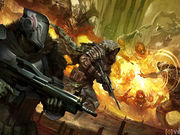
"We've had to make sure that Destiny can be supported across platforms over the next ten years," he said. "We've had to build a ton of world class technology and we've had to rebuild nearly every part of our gaming technology."
The way Butcher tells it, Bungie has had to create an entirely new graphics engine, a new world interactive engine, advanced AI and locomotion and a pipeline for live content updates. They’ve had to create new networking technology to deal with multi-host migration and because Destiny is constantly matchmaking players of varying skill levels with each other on the fly. Bungie has built a brand new set of tools to create a world called Grognok, which allows the developer to build environments from scratch in rapid fashion – and which I sincerely hope is offered to players in some shape or form because the demo video of Grognok in action looks absolutely awesome.
In short, Bungie is creating a universe in Destiny. A living, breathing universe filled to the brim with lore, characters, nature cycles, environments, activities, AIs and quests for players to get stuck into. It's mind-blowingly ambitious and, from the outside, looks to be every bit as medium-affecting as Halo was back at the dawn of the 21st Century. There are still questions to be answered – and on a personal note, it would have been nice to see more than three minutes of in-game footage – but at the time of this writing, Destiny has gone from being a mysterious project Bungie are working on, to a certifiable monster of a game homing into view on the horizon.
In fact, the word 'big' might not be sufficient to describe it...
This preview is based on an event that took place at Bungie's studio in Bellevue, Washington. Flights, food and accommodation were provided by Activision.
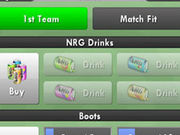
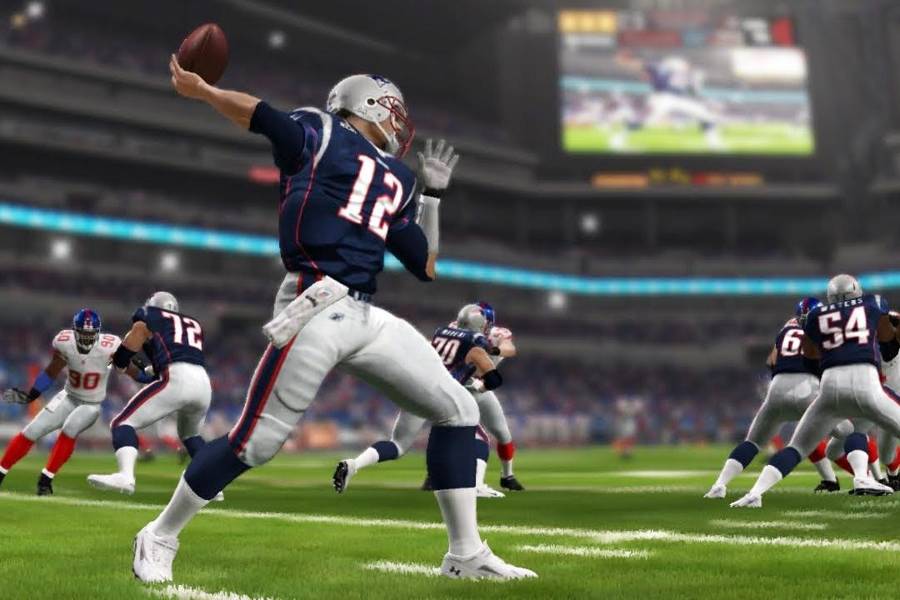

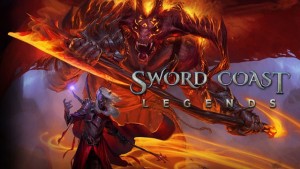
 Minecraft Mod Examination: Enviromine.
Minecraft Mod Examination: Enviromine.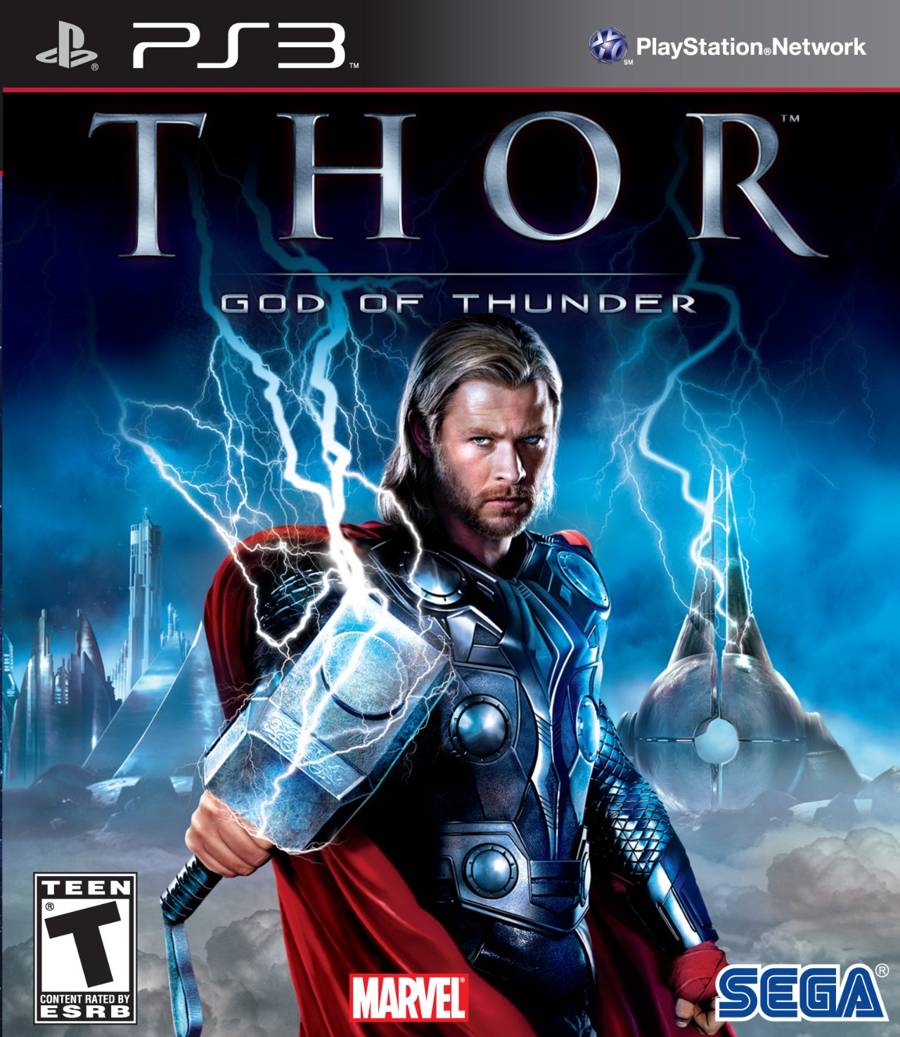 Thor Niflheim Collectibles List
Thor Niflheim Collectibles List How to Reduce the Cost of Training Herblore in RuneScape with Cheaper Secondary Ingredients
How to Reduce the Cost of Training Herblore in RuneScape with Cheaper Secondary Ingredients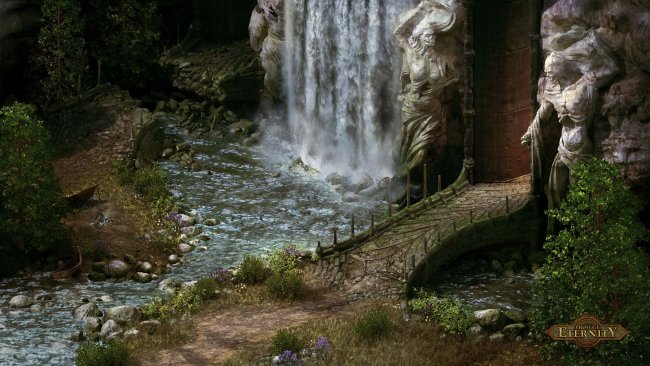 Indie Calendar Finale Part One
Indie Calendar Finale Part One Fallout 3 Tweak Guide
Fallout 3 Tweak Guide